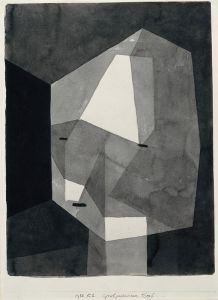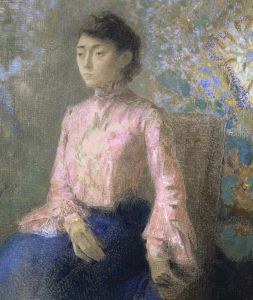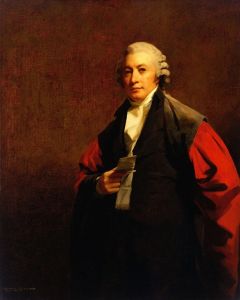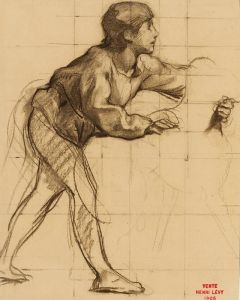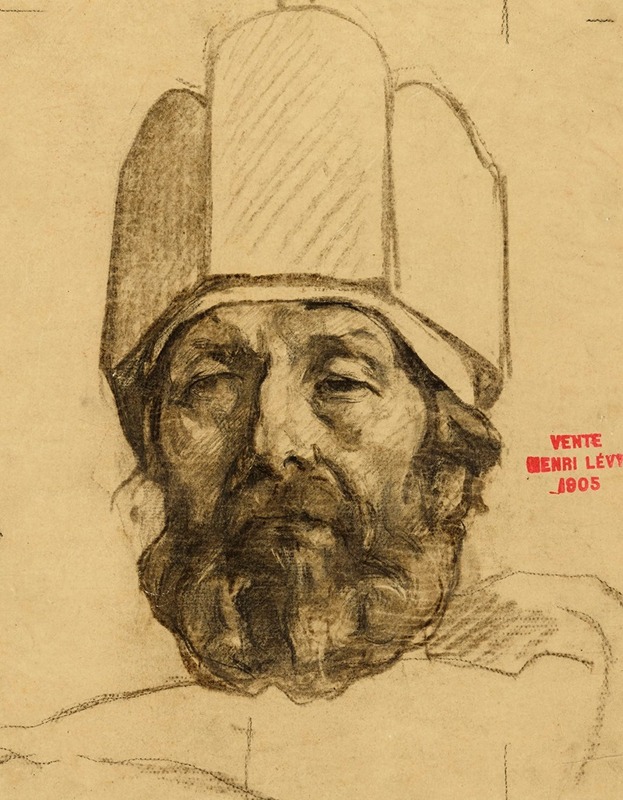
Etude de visage d’homme coiffé d’une couronne
A hand-painted replica of Henri Leopold Lévy’s masterpiece Etude de visage d’homme coiffé d’une couronne, meticulously crafted by professional artists to capture the true essence of the original. Each piece is created with museum-quality canvas and rare mineral pigments, carefully painted by experienced artists with delicate brushstrokes and rich, layered colors to perfectly recreate the texture of the original artwork. Unlike machine-printed reproductions, this hand-painted version brings the painting to life, infused with the artist’s emotions and skill in every stroke. Whether for personal collection or home decoration, it instantly elevates the artistic atmosphere of any space.
Henri Léopold Lévy was a French painter known for his works in the academic style, often depicting historical and religious themes. Born on September 23, 1840, in Nancy, France, Lévy was a prominent figure in the 19th-century French art scene. He studied at the École des Beaux-Arts in Paris, where he was a student of François-Édouard Picot and Alexandre Cabanel, both influential figures in the academic art movement. Lévy's works were regularly exhibited at the Paris Salon, where he gained recognition for his skillful compositions and attention to detail.
"Etude de visage d’homme coiffé d’une couronne" is one of Lévy's lesser-known works, and specific details about this painting are scarce. The title translates to "Study of a Man's Face Wearing a Crown," suggesting that the artwork is a study or preparatory work focusing on the facial features and expression of a male figure adorned with a crown. This type of study would typically be used by artists to explore different aspects of a subject's appearance, such as light, shadow, and texture, before incorporating them into a larger, more finished composition.
Lévy's oeuvre often included religious and mythological subjects, and it is possible that this study was related to a larger project involving a historical or biblical scene. His paintings are characterized by their dramatic use of light and shadow, as well as their meticulous attention to the human form, which aligns with the academic tradition of his time.
The academic art movement, prevalent during Lévy's career, emphasized technical skill, classical themes, and a polished finish. Artists like Lévy were trained to create works that adhered to these principles, often drawing inspiration from classical antiquity and the Renaissance. Lévy's ability to capture the human form with precision and emotional depth is evident in his body of work, which includes both large-scale historical paintings and smaller studies like "Etude de visage d’homme coiffé d’une couronne."
While specific information about this particular study is limited, it reflects Lévy's broader artistic interests and his commitment to the academic style. His works are part of several public and private collections, and he remains a respected figure in the history of 19th-century French art. Lévy passed away on December 29, 1904, leaving behind a legacy of paintings that continue to be appreciated for their technical mastery and evocative subject matter.
In summary, "Etude de visage d’homme coiffé d’une couronne" exemplifies Henri Léopold Lévy's skill as an academic painter, focusing on the detailed study of a crowned male figure. Although specific details about this work are limited, it is representative of Lévy's broader artistic pursuits and his contributions to the academic art tradition.







